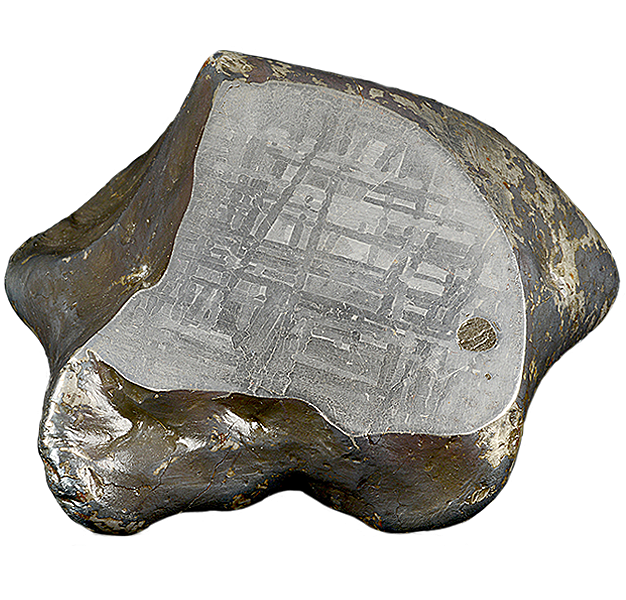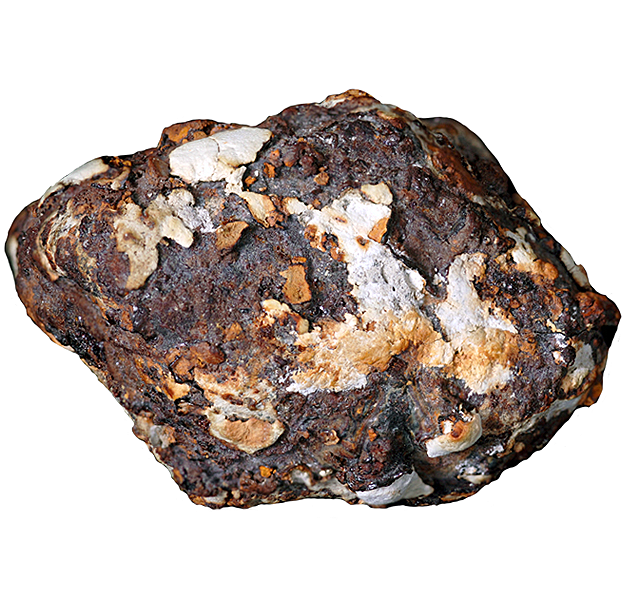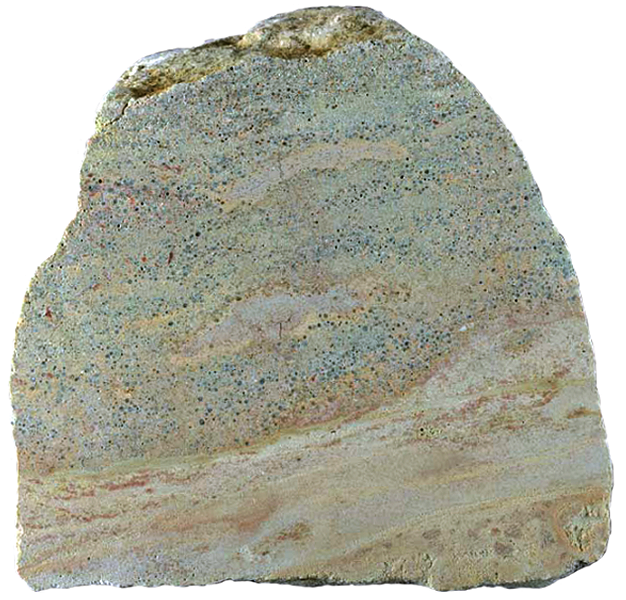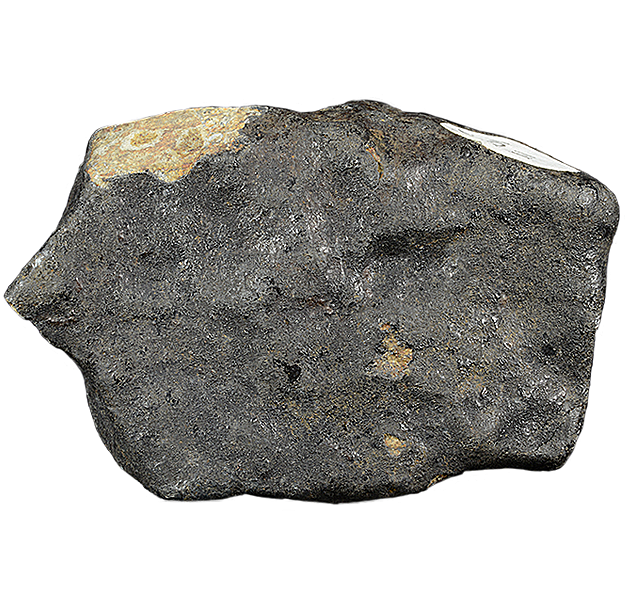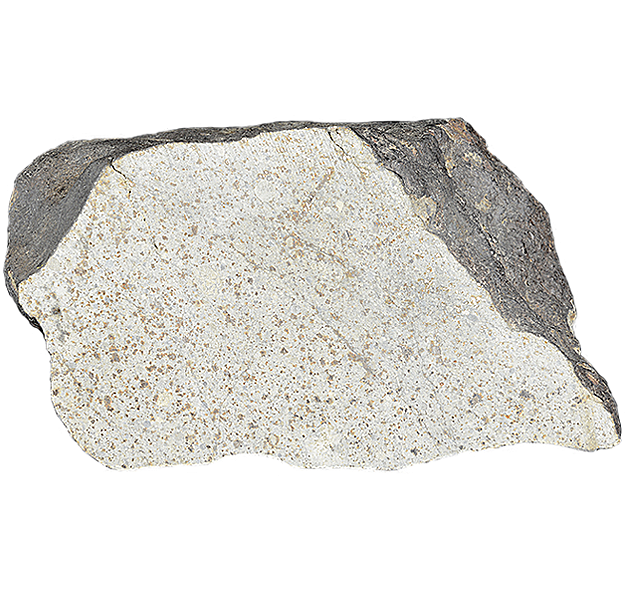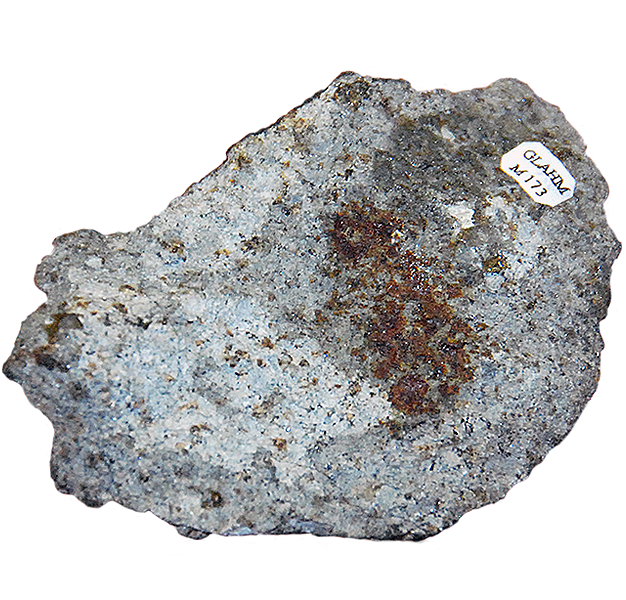
Fact sheet
The Wold Cottage meteorite fell near Wold Cottage farm in Yorkshire, England on 13th December 1795. Its total mass is 25 kg. It is the second (or third?) largest meteorite to fall in Europe.
The Wold Cottage meteorite is classified as an L6 chondrite, meaning it has a low iron content (5-10%) and indistinct chondrules that have been metamorphosed under conditions capable of homogenising all mineral compositions. Look at moderate magnification in PPL to see chondrules (rounded features) consisting of olivine and pyroxene crystals. The reflected light view shows metallic iron and golden yellow troilite. The hand specimen of this meteorite is on display in the Natural History Museum in London. It was not available for photography, so we have included photographs of a life-size replica model instead.
See also:
http://www.bimsociety.org/bim1.shtml
http://www.lpi.usra.edu/meteor/metbull.php?code=24325
Specimen: BM replica
Thin section:
This Collection consists of meteorites that have fallen in Great Britain and Ireland and which are now preserved in museum collections. We have also included samples of the two known meteorite impact deposits in the UK.
The Natural History Museum in London offers more information about meteorites and meteorite categories; there is more information about its meteorite collections here.

